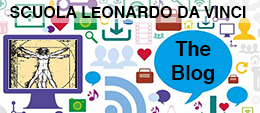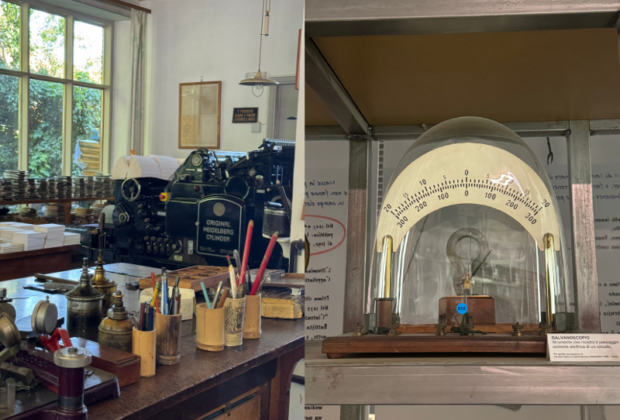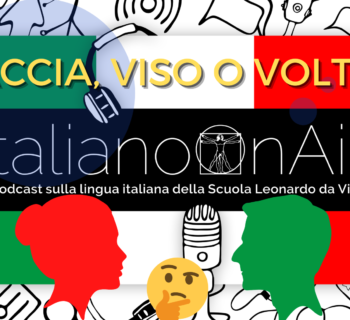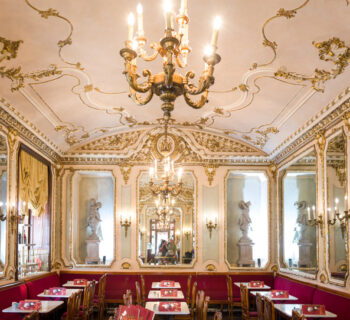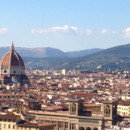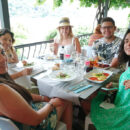You don’t need to go far to discover a whole new world. This is what happened to us while exploring the province of Turin to find new excursions for our students.
We have always wondered why the light bulb was the symbol of brilliant ideas and we found ourselves in Alpignano, just 15 minutes by train from Turin. The city, in fact, until 2006 was the Piedmontese centre of light bulb production.
Whilst looking for the origin of the expression “mi si è accesa la lampadina” which, in Italian, means suddenly having an idea that gives an answer or solution to a period of confusion, we came across the history of the invention of this everyday object. We discovered that, when Edison invented the incandescent lamp, he began to be represented by the media of the time with a light bulb in his hand. Thus the light bulb came to indicate Edison’s genius and ended up symbolising ideas in general.

The most interesting fact for us, however, is that the invention of the light bulb is contended between Edison and our own Alessandro Cruto who, in 1880, managed to produce a graphite filament suitable for the construction of an incandescent electric bulb which produced a beautiful white light. Cruto’s light bulb, whose efficiency was superior to Edison’s, was so successful that, after presenting it at the Munich Electricity Exhibition in 1882 and at the Turin National Exhibition in 1884, it was necessary to open a production plant in Alpignano. The company was able to reach a production of 1,000 bulbs per day and in 1927 was taken over by Philips, giving a great boost to the economy of Alpignano for almost a century. Even today, Alpignano’s link with this object is remembered by a typical local dessert called Lampadina, in the shape of a light bulb. In the factory built by Alessandro Cruto, there is also the Ecomuseum Sogno di Luce retracing the history of light and illumination.
But in Alpignano good ideas were not only Alessandro Cruto’s…
In fact, 1960 marks the opening of the Italian headquarters of the publishing house founded in Paris in 1938 by Alberto Tallone, to whom the poet Pablo Neruda entrusted the publication of some of his unpublished works. The Tallone editions, set entirely by hand following the printing technique invented by John Gutenberg, today represent the excellence of fine publishing: numbered copies and limited editions make these books coveted collector’s items. It is no coincidence that in 1988 in Leipzig the publishing house was awarded an honorary prize as part of the competition for the most graphically beautiful book in the world.
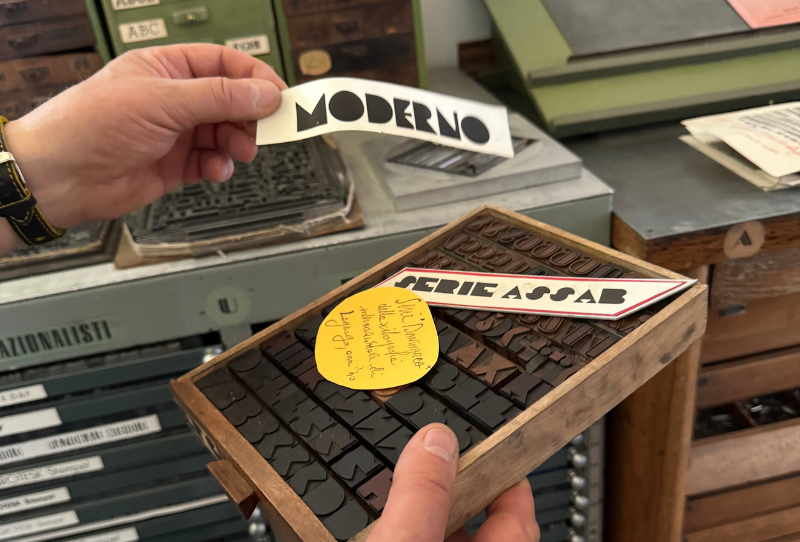
The publishing house owns the oldest printing studio in Europe that is still in operation. Attached to the workshop there are the printing archives, which contain a rich collection of the typefaces that have made the history of twentieth-century advertising and design. Crossing the threshold of the park gates where the publishing house stands, and where the oldest example of a steam locomotive in Italy is also kept, means embarking on another extraordinary journey through time.
As we said at the beginning, you don’t need to go far to discover a new world. Or rather two.
Want to learn Italian in Turin? Check out our school!
Scuola Leonardo da Vinci Turin
The welcoming friendly atmosphere of our school will make you feel at home and you can relax with your classmates in the small gardens of the adjacent pedestrian area.
Latest posts by Scuola Leonardo da Vinci Turin (see all)
- The 4+1 unmissable suggestions for Christmas shopping in Turin - December 17, 2025
- What is the difference between the Carabinieri and the Police? - November 26, 2025
- 5+1 scenic spots in Turin with the Scuola Leonardo - October 15, 2025
